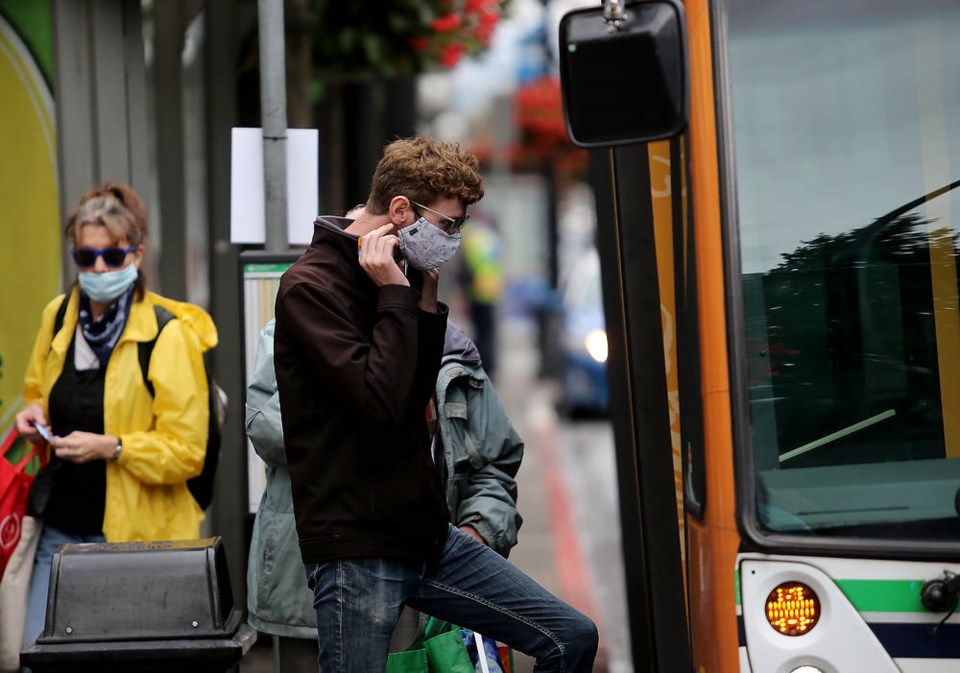A commentary. Peter Gose is a professor emeritus from Carleton University in Ottawa; Zeb King is a Central Saanich councillor.
The recent discovery that the Capital Regional District is “not even close” to meeting its emission targets shows that nibbling around the edges of the climate crisis will not get the job done.
Existing measures like active transit, charging stations and building retrofits are fine, but do not address the core of the problem. Worse still, they continue the illusion that the solution lies in individual lifestyle decisions.
Instead, we need to ask where the bulk of our emissions come from and develop a social infrastructure that eliminates them. The CRD study reveals that automobiles are the single largest source (46 per cent) of the region’s emissions. Any real solution must begin by getting cars off the road.
What we need is an electrified, expanded, high-quality public transit network that is fare-free.
Any of these changes is welcome and ultimately all are necessary but we see eliminating fares as the crucial first step that will put people in bus seats, build ridership, and so make the case for expanded service. For decades, our leaders at the regional transit commission have tried the reverse approach of improving service levels within the existing fare model and have failed to build a system that reverses automobile dependency.
Maybe charging fees for a service you want people to use is counterproductive. It’s time to try something different. How about getting rid of fares to encourage use of public transit as an environmentally responsible alternative?
So our call is to temporarily put aside all the technological discussions about how great our transit system could be if only it was fully electrified to eliminate carbon emissions and featured amazing apps. None of that matters unless ridership dramatically increases.
For now, we even suggest parking the hope of extending service to currently neglected areas. Yes, these should be goals, but they put the cart before the horse. Demand must come first and can surge even with the existing service if we only remove fares as a regressive user fee.
Once public transit has a larger user base, dreams of an improved bus fleet and levels of service will have a natural constituency. If we want the CRD to act fast in “getting close” to meeting its emissions targets, fare-free public transit is where we have to start.
Our belief in fare-elimination as the first step in a transformative sequence is grounded in historical experience. When the University Pass was applied to every student at UVic in the 1990s, ridership increased dramatically. In fact, it was such a success with packed buses that transit had to scramble to improve service, put on more buses and thus increase frequency.
This wasn’t the “wait for service changes” approach. It was about unleashing demand which forced service improvements. We simply propose up-scaling this proven approach to the entire system.
How would we pay for fare-free transit? The short answer is by following through on the logic of our existing system, in which provincial and municipal taxes already pay around 75 per cent of the costs.
By eliminating the fare-box and topping up the difference with increased taxes, we will acknowledge that public transit depends on public funding, and end the charade that a regressive user fee that suppresses ridership is how we actually pay for it.
Instead, we would adopt a progressive funding formula, one that is based on the ability to pay through our tax system. We do not charge user fees to take elevators in buildings, walk on sidewalks, drive on roads, borrow books from libraries, put out fires or for medical services: why, especially during a climate crisis, should user fees exist for public transit?
More to the point, if we fail to address the climate crisis now, exponentially greater costs await us in the coming decade. There is no economic case against effective climate action.
The CRD cannot just passively audit its own failure to meet emission targets.
Victoria Mayor Lisa Helps has called for “bold suggestions” but our proposal for expanded, fare-free public transit is hardly that. It merely applies to public transit a full public funding formula that we successfully use for other essential services.
Neither business as usual nor green austerity, our proposal would reduce emissions dramatically while also creating a more inclusive society for low-income people, safer neighbourhoods with reduced traffic, and a higher quality of life for everybody.
It is a collective solution whose time has come.
